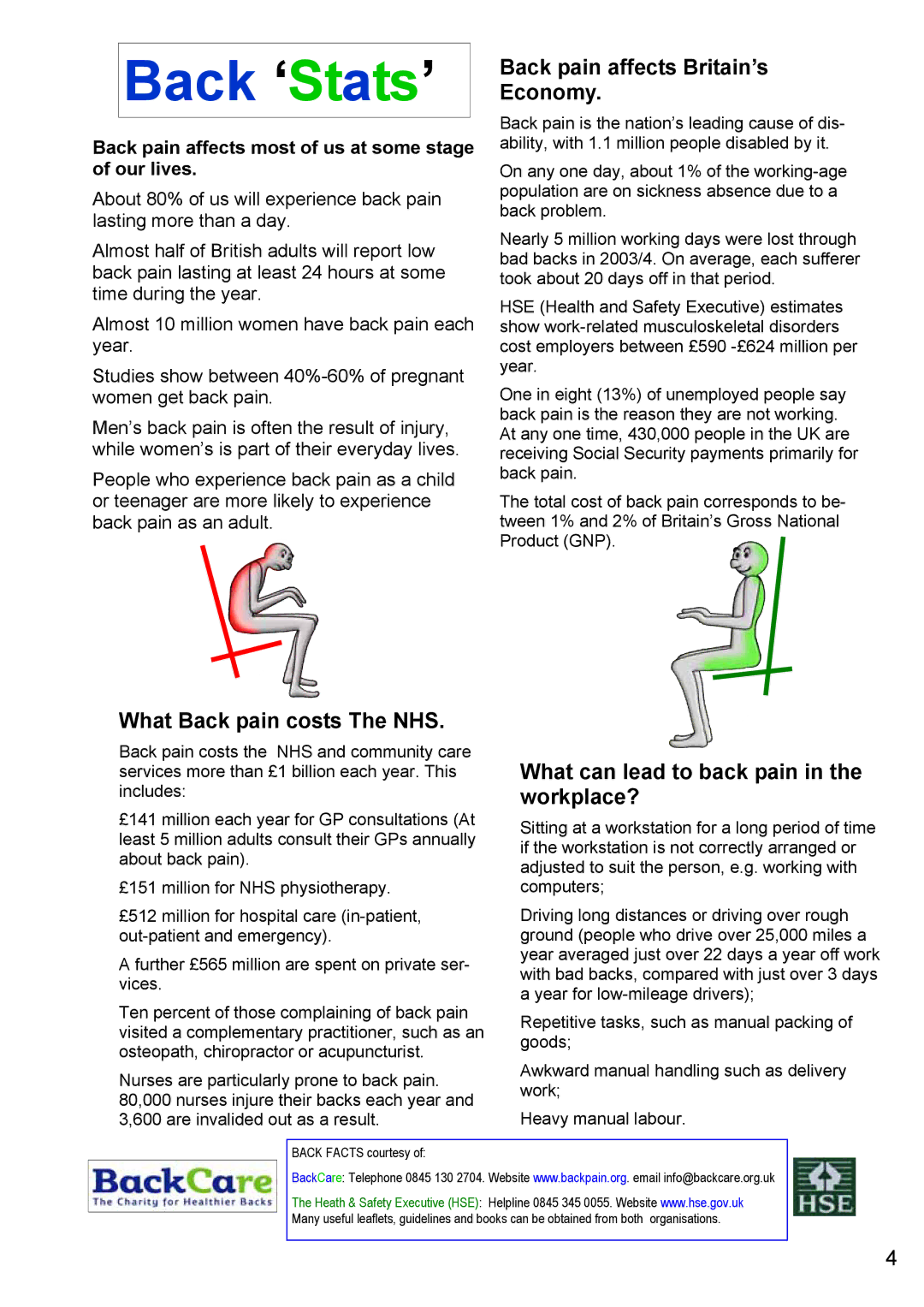RH 300, RH 400 specifications
The Fellowes RH 300 and RH 400 are advanced document shredders designed to meet the needs of both small businesses and home offices. These models combine robust performance with innovative features to ensure optimal security and efficiency in handling sensitive information.The RH 300 is known for its compact size and reliable performance. It can shred up to 12 sheets of paper at once, making it ideal for daily shredding tasks. The 9-gallon waste bin holds a substantial amount of shredded material, enabling users to work without frequent interruptions for emptying. The RH 300 utilizes advanced cross-cut technology, which not only provides a higher level of security by transforming documents into small particles, but also enhances its efficiency in shredding credit cards and staples.
In comparison, the Fellowes RH 400 takes it a step further with enhanced performance and additional features. Capable of shredding up to 16 sheets of paper per pass, the RH 400 is perfect for environments with higher shredding demands. The 10-gallon waste bin holds even more shredded waste, allowing for longer periods between emptying. The RH 400 also employs the same powerful cross-cut technology, ensuring that sensitive information remains confidential and secure.
Both models are equipped with Fellowes’ SafeSense technology, which is designed to automatically stop shredding when hands touch the paper entry, providing an extra layer of safety for users. Additionally, the Jam Blocker feature on both models prevents jams before they occur by detecting potential overload situations, allowing for a smoother shredding experience.
The design of the RH series also emphasizes user convenience. The pull-out waste bin allows for easy disposal of shredded materials, while the sleek, modern design ensures that these shredders will fit seamlessly into any office environment. They also operate quietly, minimizing distractions in shared workspaces.
In summary, the Fellowes RH 300 and RH 400 shredders are excellent choices for individuals concerned about information security, looking for reliable performance, and emphasizing user safety and convenience. Their combination of advanced technologies and thoughtful design makes them standout options for efficient document shredding in any setting.

